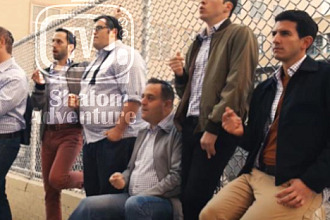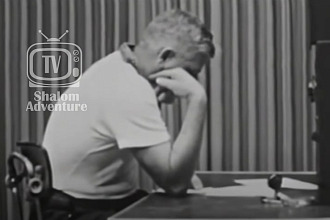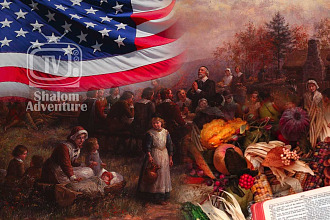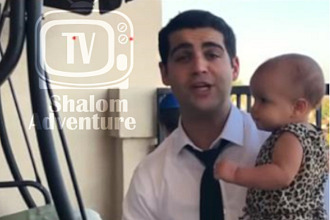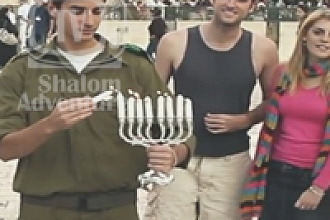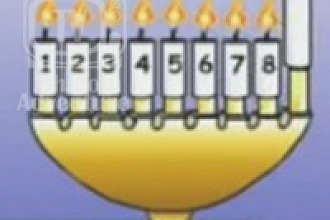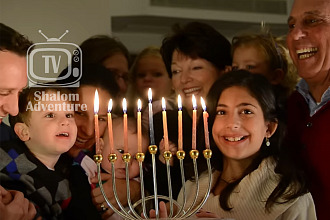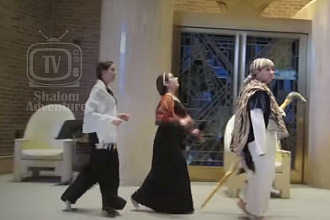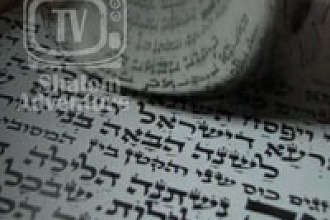The Great Revolt began in the year 66 CE, during the twelfth year of the reign of Nero, originating in Roman and Jewish religious tensions. The crisis escalated due to anti-taxation protests and attacks upon Roman citizens by the Jews.
The Roman governor, Gessius Florus, responded by plundering the Second Temple and arresting numerous senior Jewish figures. This prompted widespread rebellion in Jerusalem that culminated in the capture of the Roman military garrison by rebel forces as the pro-Roman king Herod Agrippa II and Roman officials fled. To quell the unrest, Cestius Gallus, the legate of Syria, brought in the Syrian army, consisting of the Legion XII Fulminata and auxiliary troops. Despite initial advances and the conquest of Jaffa, the Syrian Legion was ambushed and defeated by Jewish rebels at the Battle of Beth Horon with 6,000 Romans massacred and the Legion's aquila lost. In 66, a Judean provisional government was formed in Jerusalem led by former High Priest Ananus ben Ananus, Joseph ben Gurion and Joshua ben Gamla. Yosef ben Matityahu (Josephus) was appointed as the rebel commander in Galilee and Eleazar ben Hanania as the commander in Edom. Later, in Jerusalem, an attempt by Menahem ben Yehuda, leader of the Sicarii, to take control of the city failed. He was executed and the remaining Sicarii were ejected from the city. Simon bar Giora, a peasant leader, was also expelled by the new government.
Timeline
Outbreak of the rebellion
According to Josephus, the violence which began at Caesarea in 66 was provoked by Greeks of a certain merchant house sacrificing birds in front of a local synagogue. In reaction, one of the Jewish Temple clerks Eleazar ben Hanania ceased prayers and sacrifices for the Roman Emperor at the Temple.
Protests over taxation joined the list of grievances and random attacks on Roman citizens and perceived 'traitors' occurred in Jerusalem. The Jewish Temple was then breached by Roman troops at the order of the procurator Gessius Florus, who had seventeen talents removed from the treasury of the Temple, claiming the money was for the Emperor.
In response to this action, the city fell into unrest and some of the Jewish population began to openly mock Florus by passing a basket around to collect money as if Florus was poor.
Gallus' campaign and Judean provisional government
As a result of the unrest in Judaea, Cestius Gallus, the legate of Syria, assembled the Syrian legion XII Fulminata, reinforced with units of III Gallica, IV Scythica, and VI Ferrata, plus auxiliaries and allies – a total of approximately 30,000–36,000 troops, in order to restore order in the neighbouring province. The Syrian legion captured Narbata and also took Sepphoris, which surrendered without a fight. The Judean rebels, who withdrew from Sepphoris, took refuge at Atzmon hill, but were defeated following a short siege. Gallus later reached Acre in Western Galilee, and then marched on Caesarea and Jaffa, where he massacred some 8,400 people. Continuing his military campaign, Gallus took Lydda and Afek (Antipatris) and engaged Jerusalemite rebels in Geva, where he lost nearly 500 Roman troops to Judean rebels led by Simon bar Giora, reinforced by allied volunteers from Adiabene.
Vespasian's Galilee campaign
Vespasian remained camped at Caesarea Maritima until spring 68, preparing for another campaign in the Judean and Samarian highlands. The Jews, who were driven out of Galilee, rebuilt Joppa (Jaffa), which had been destroyed earlier by Cestius Gallus. Surrounded by the Romans, they rebuilt the city walls, and used a light flotilla to demoralize commerce and interrupt the grain supply to Rome from Alexandria.


